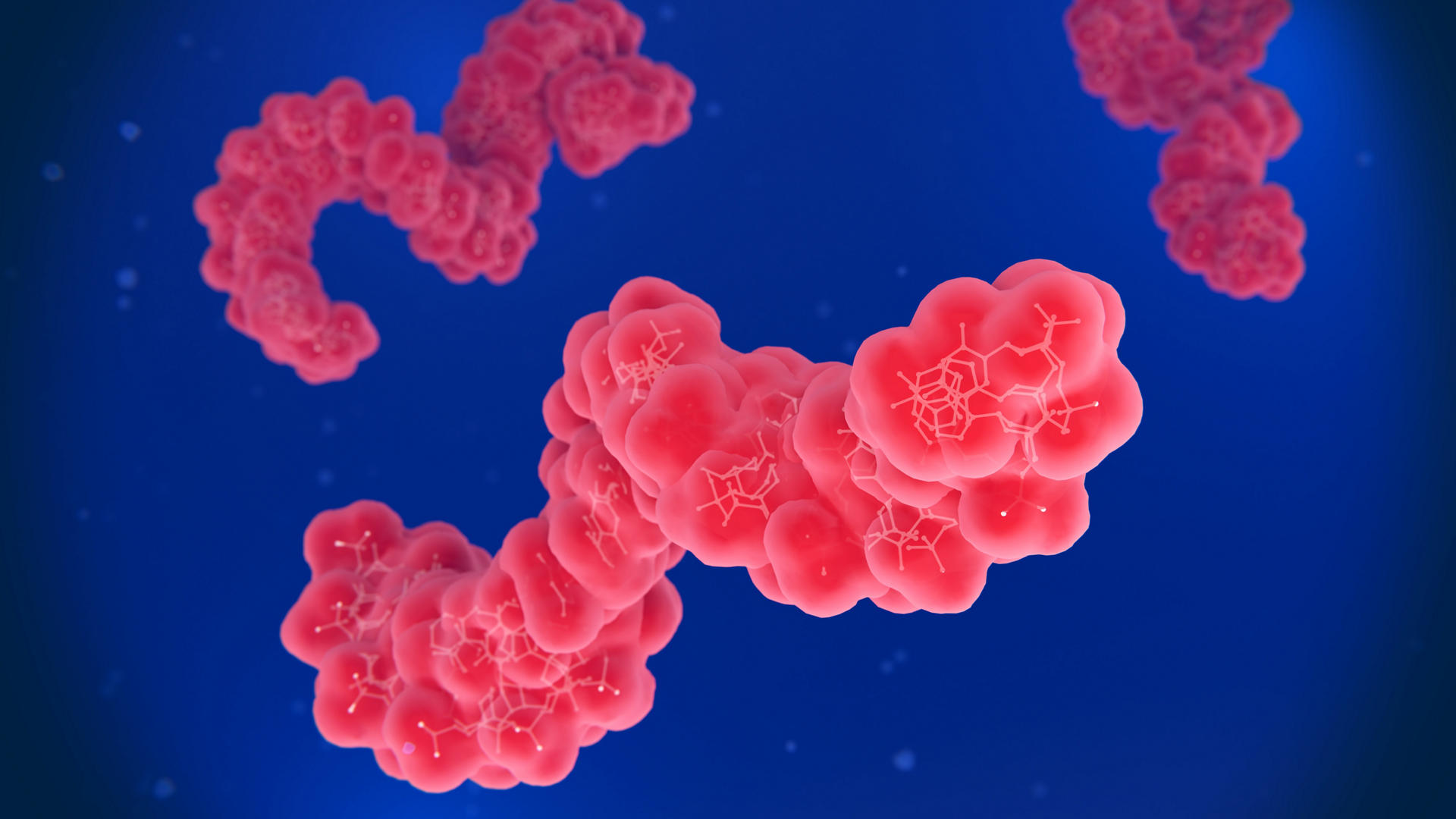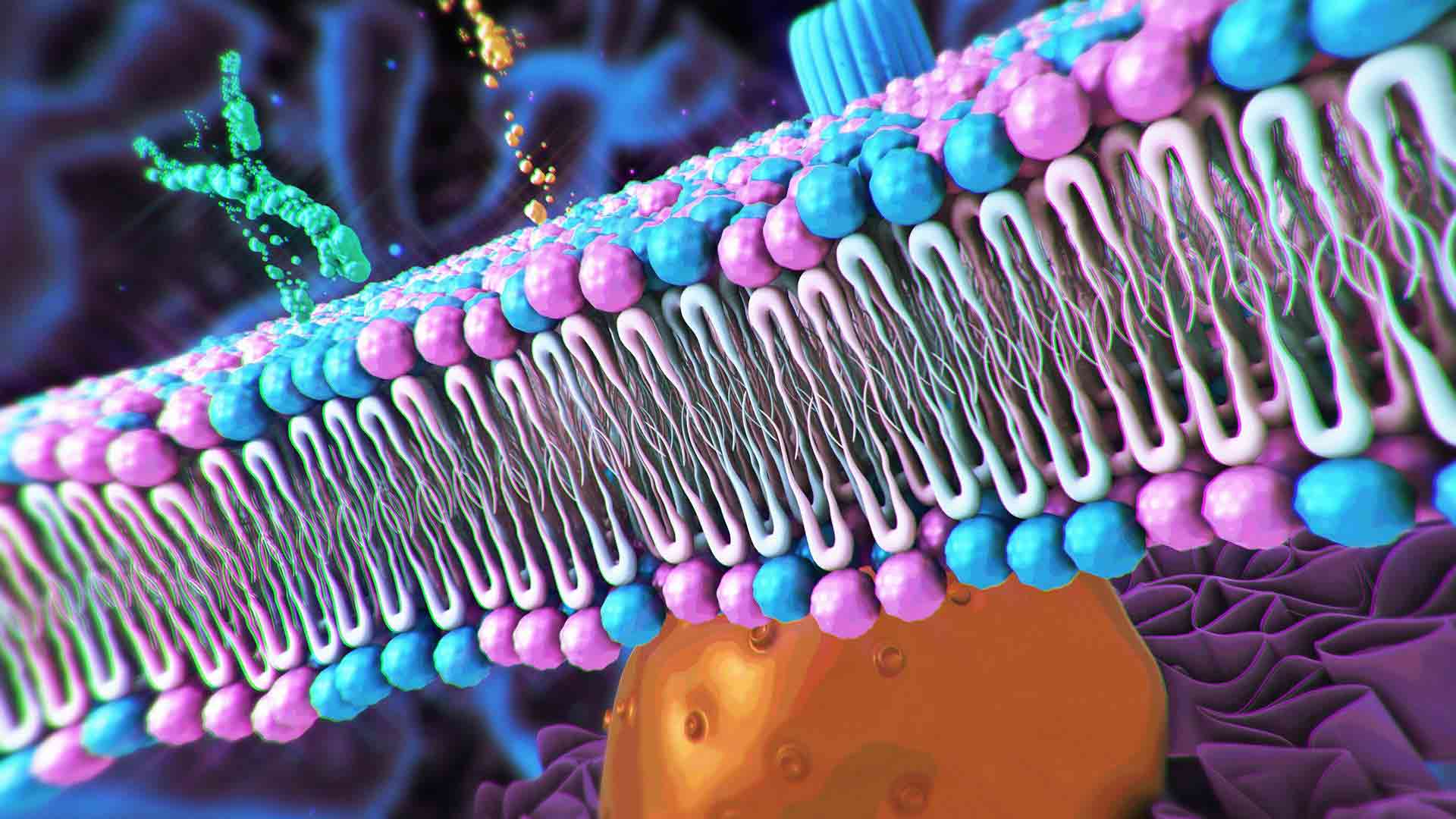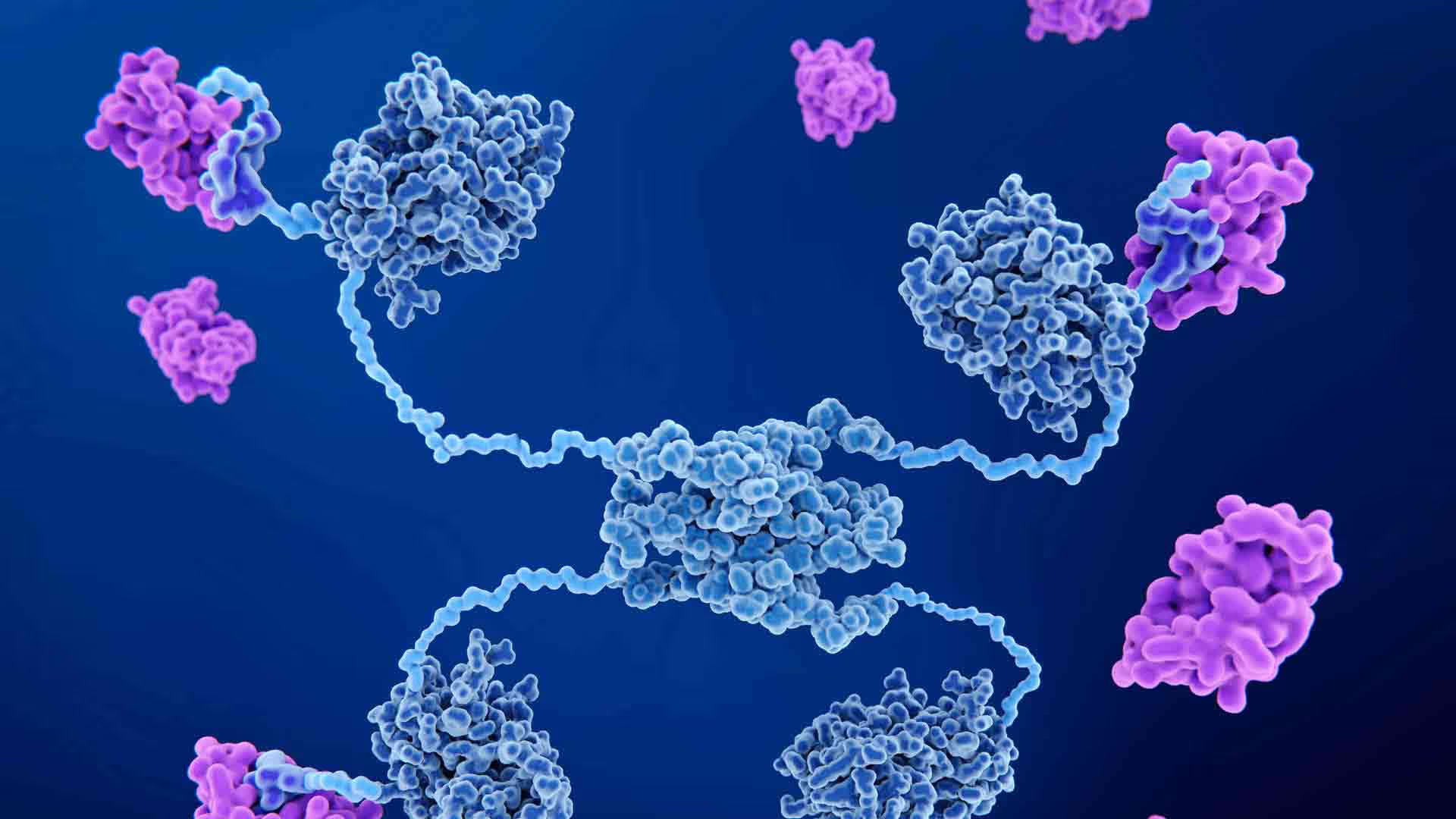
Emerging Science
Infographic: PEGylated lipid nanoparticles (LNPs)
A visual infographic shows how PEGylated lipid nanoparticles (LNPs) are used to successfully deliver cancer therapeutics.
Read CAS InsightsAccelerating your scientific progress by revealing unique connections and perspective at the intersection of science, technology, and innovation.




.avif)




.avif)














